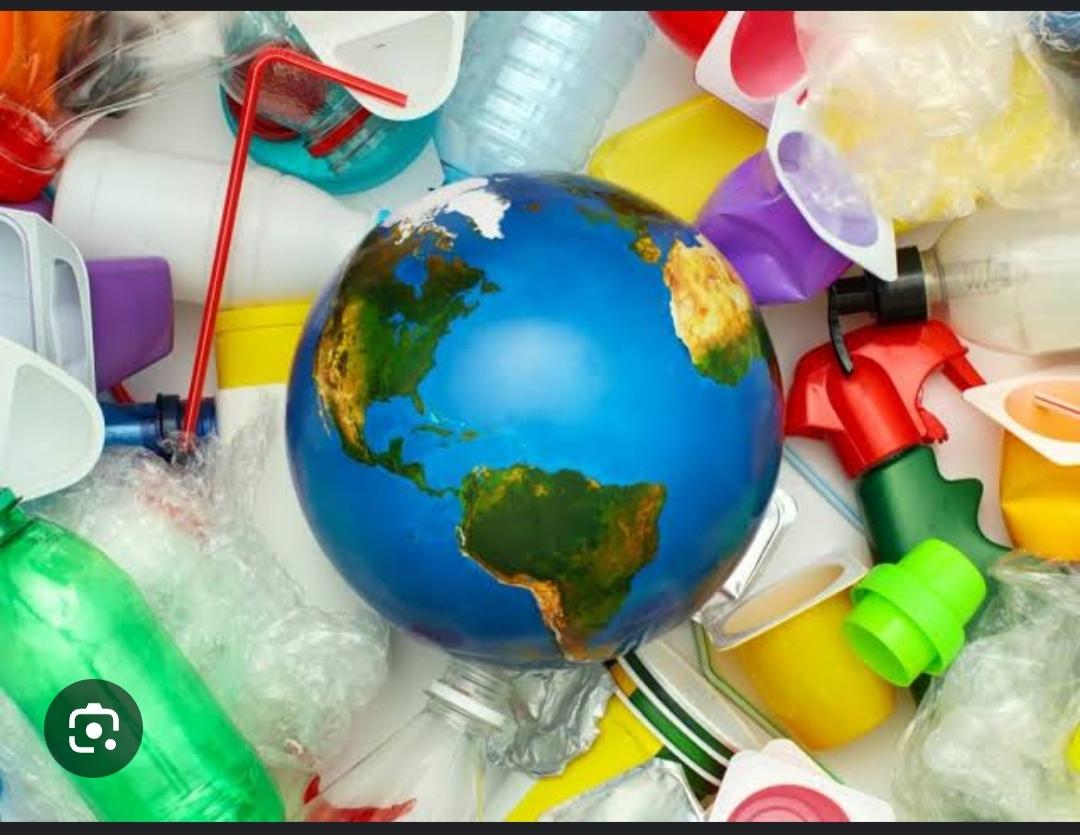Plastic is a synthetic or semi-synthetic material made from polymers, which are long chains of organic compounds. Plastics are malleable and can be molded into many different shapes.
Plastic
Composition
Made from carbon, hydrogen, oxygen, nitrogen, sulfur, and chlorine
How it's made
Derived from natural materials like cellulose, coal, natural gas, salt, and crude oil
Examples
Polyvinyl chloride (PVC), polyethylene, polypropylene, polystyrene, and morePlastic is harmful due to its non-biodegradable nature, leading to pollution of land, water, and air, as well as posing risks to wildlife and potentially human health through chemical leaching and microplastic ingestion.
Here's a more detailed explanation:
Environmental Impacts:
Pollution:
Plastic waste accumulates in landfills, rivers, oceans, and other ecosystems, contaminating soil, water, and air.
Microplastics:
Plastic breaks down into tiny particles (microplastics) that enter the food chain and can be ingested by humans and animals.
Wildlife Harm:
Animals can become entangled in plastic debris, ingest plastic, or mistake it for food, leading to injury, starvation, or death.
Climate Change:
The production and disposal of plastic contribute to greenhouse gas emissions, exacerbating climate change.
Resource Depletion:
Plastic production relies heavily on fossil fuels, a finite resource, and its long-term persistence in the environment further impacts ecosystems.
Human Health Impacts:
Chemical Leaching:
Certain chemicals used in plastic production, such as phthalates and bisphenol A (BPA), can leach into food, water, and the environment, potentially causing endocrine disruption and other health problems.
Microplastic Ingestion:
Microplastics can enter the human body through contaminated food and water, potentially causing inflammation, oxidative stress, and other health issues.
Air Pollution:
Incineration of plastic waste releases harmful pollutants into the air, contributing to respiratory problems and other health issues.
Water Contamination:
Plastic waste and chemicals can contaminate water sources, potentially leading to drinking water contamination.
Plastics and Human Health | Plastics and the Environment Series
Health impacts are also observed all along the plastic value chain. Examples include pollution at extraction sites, workers exposure to chemicals, air pollution...

